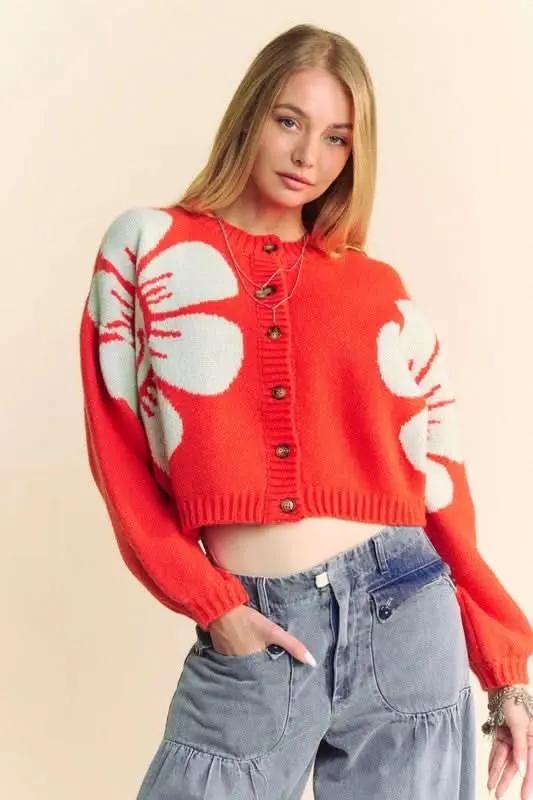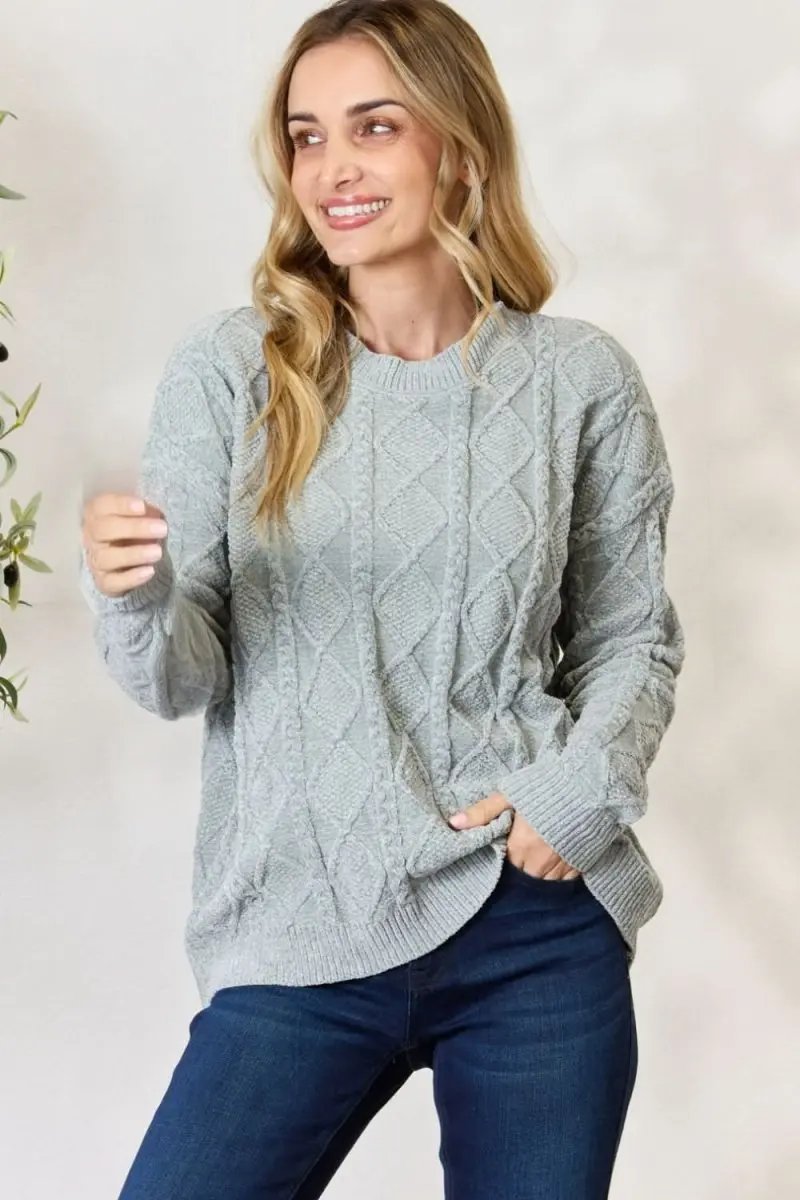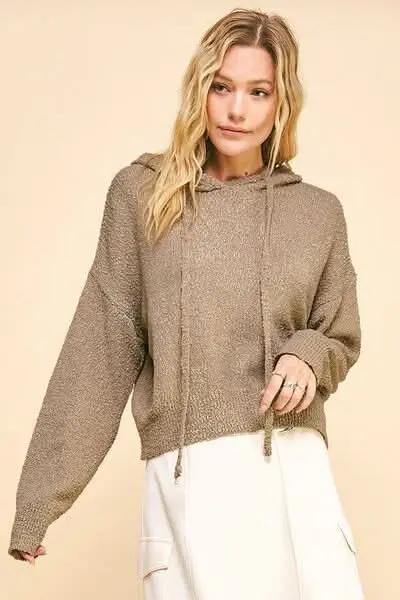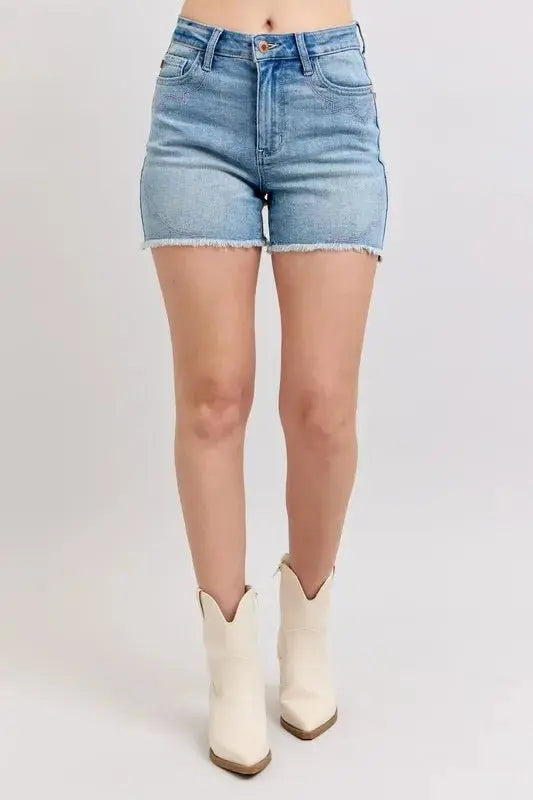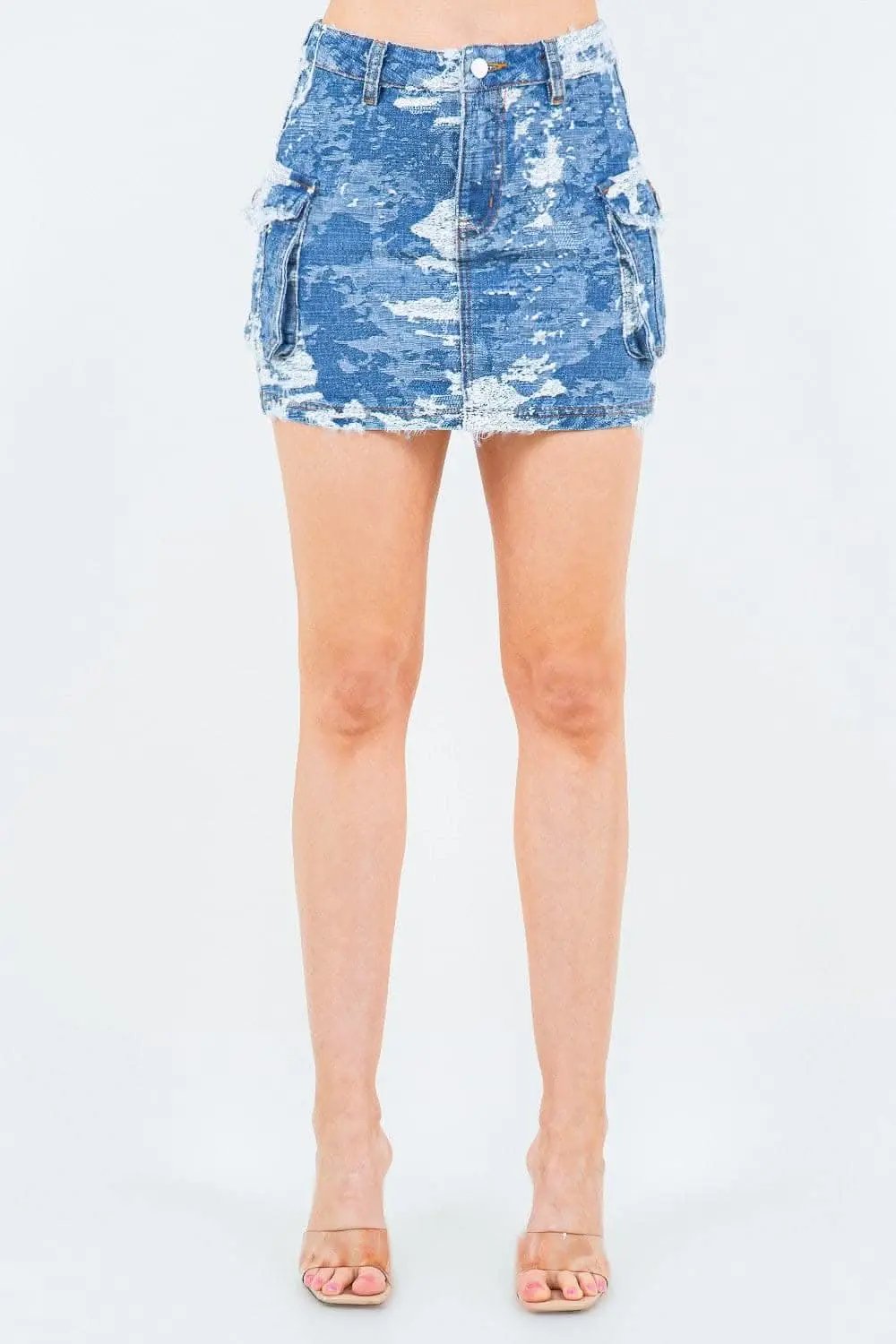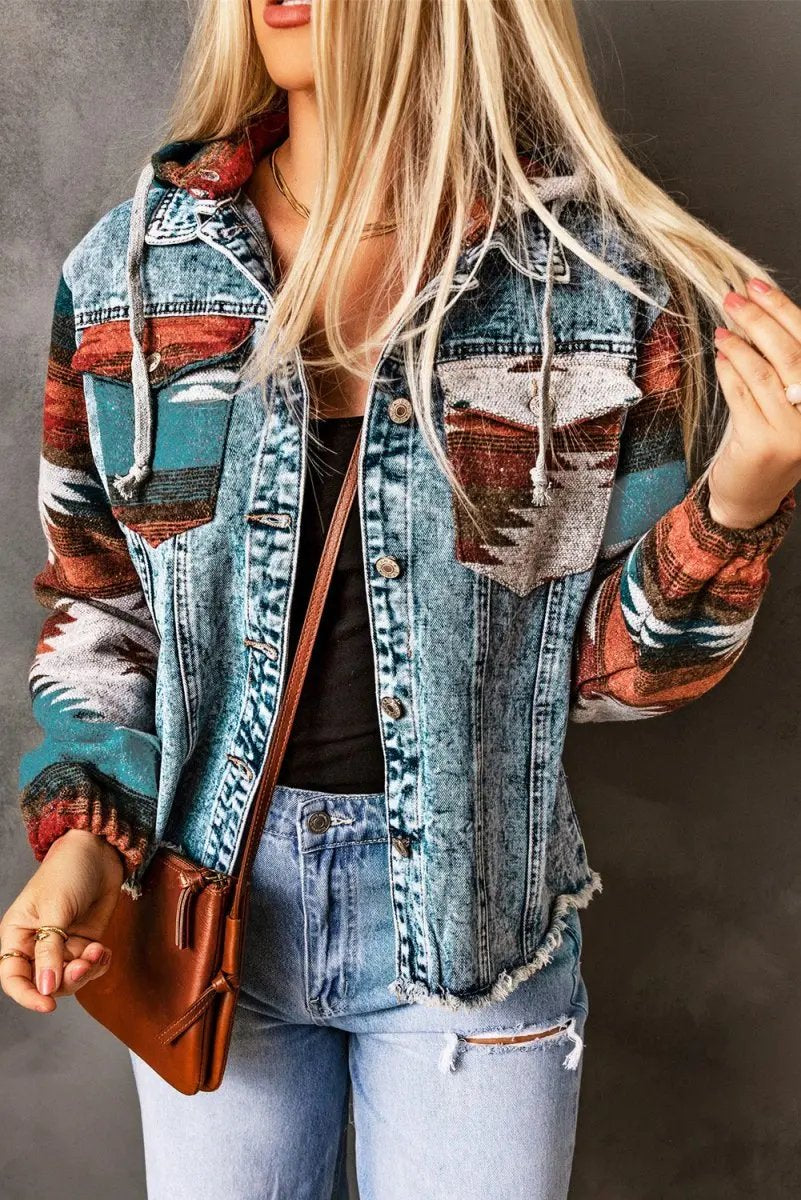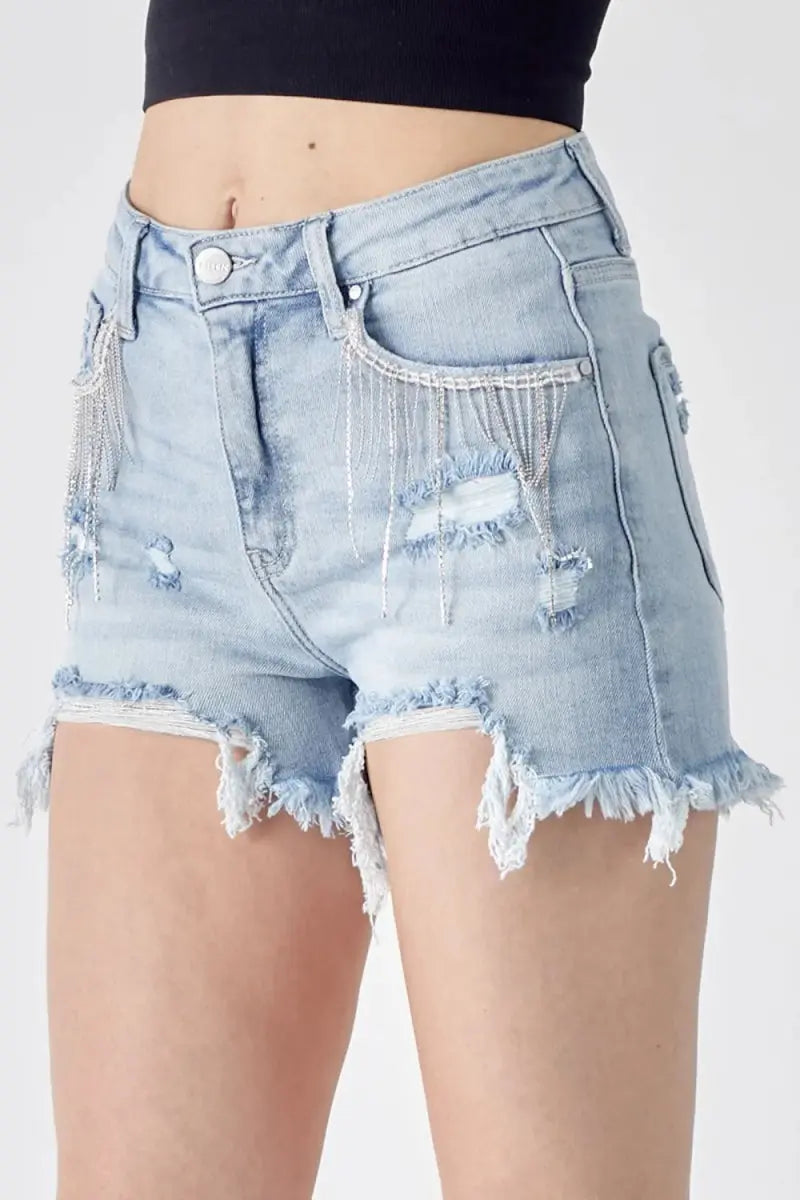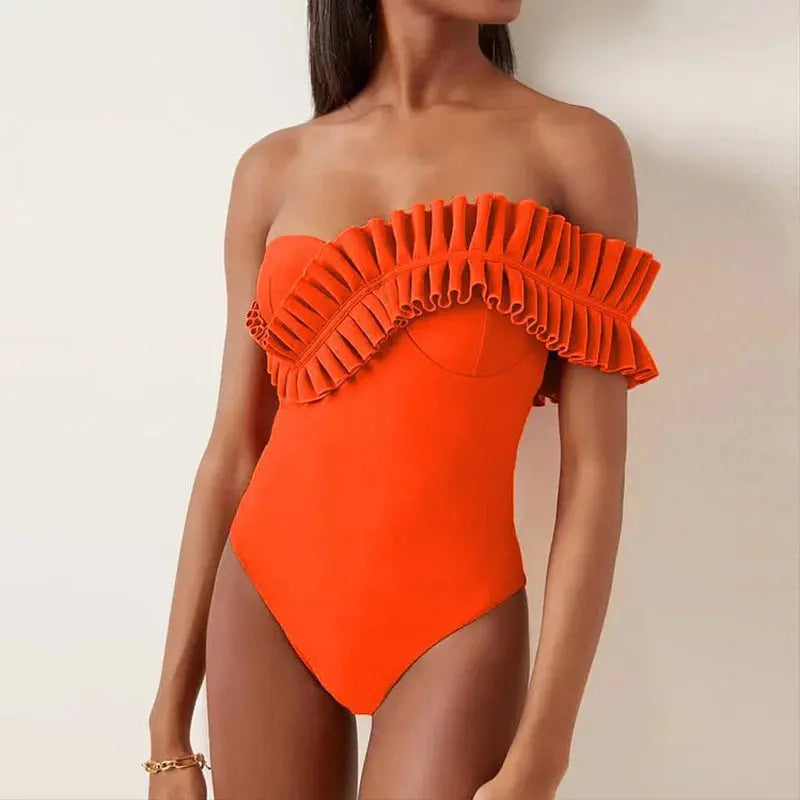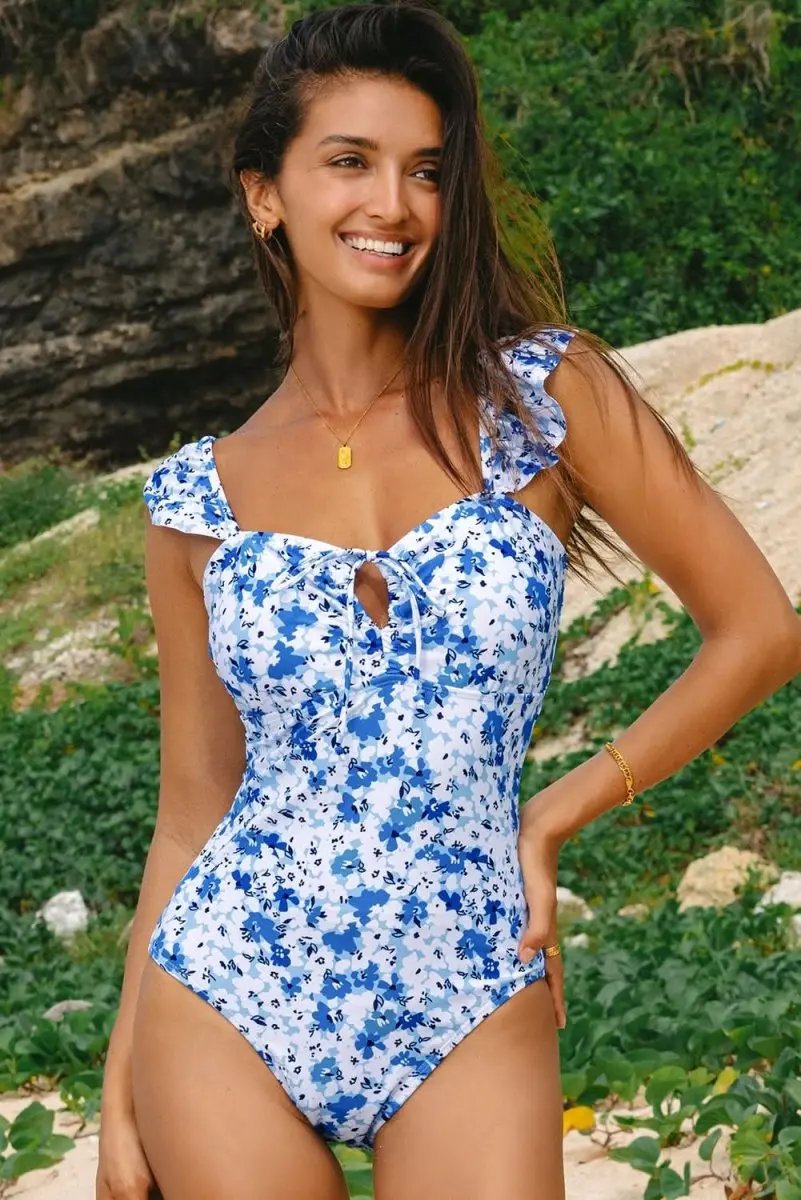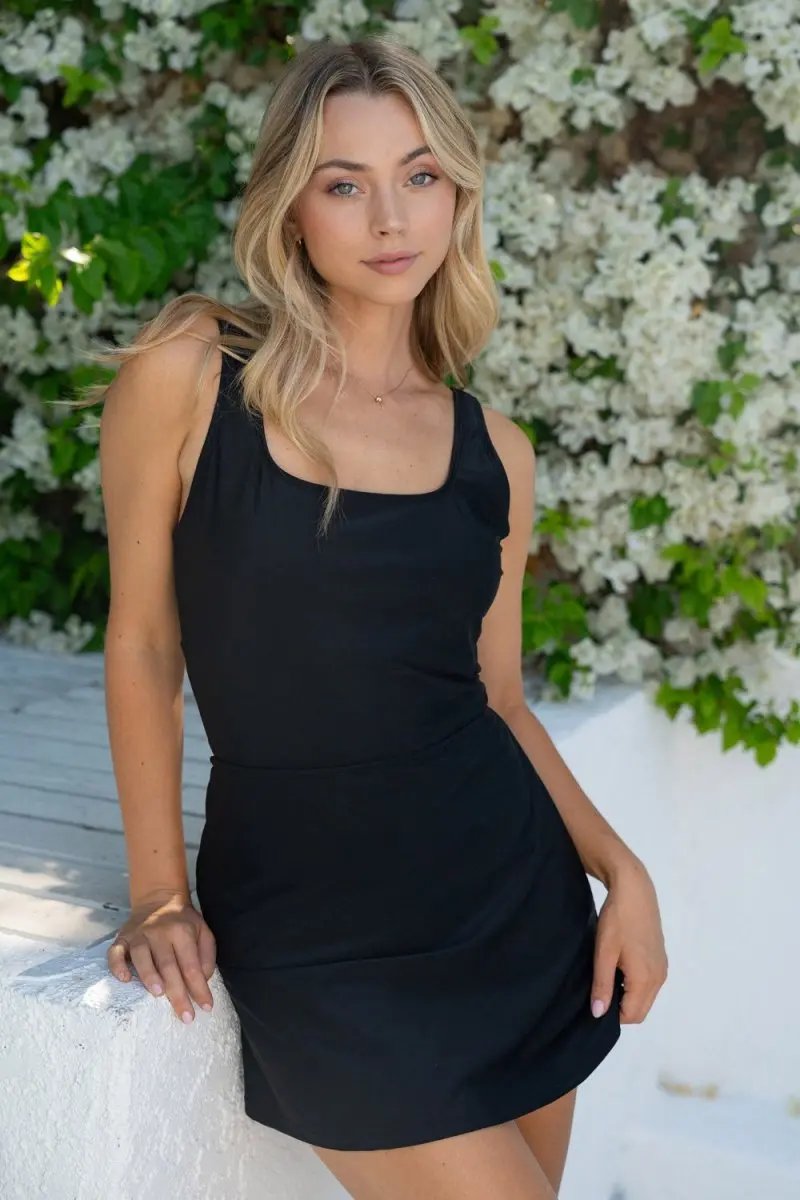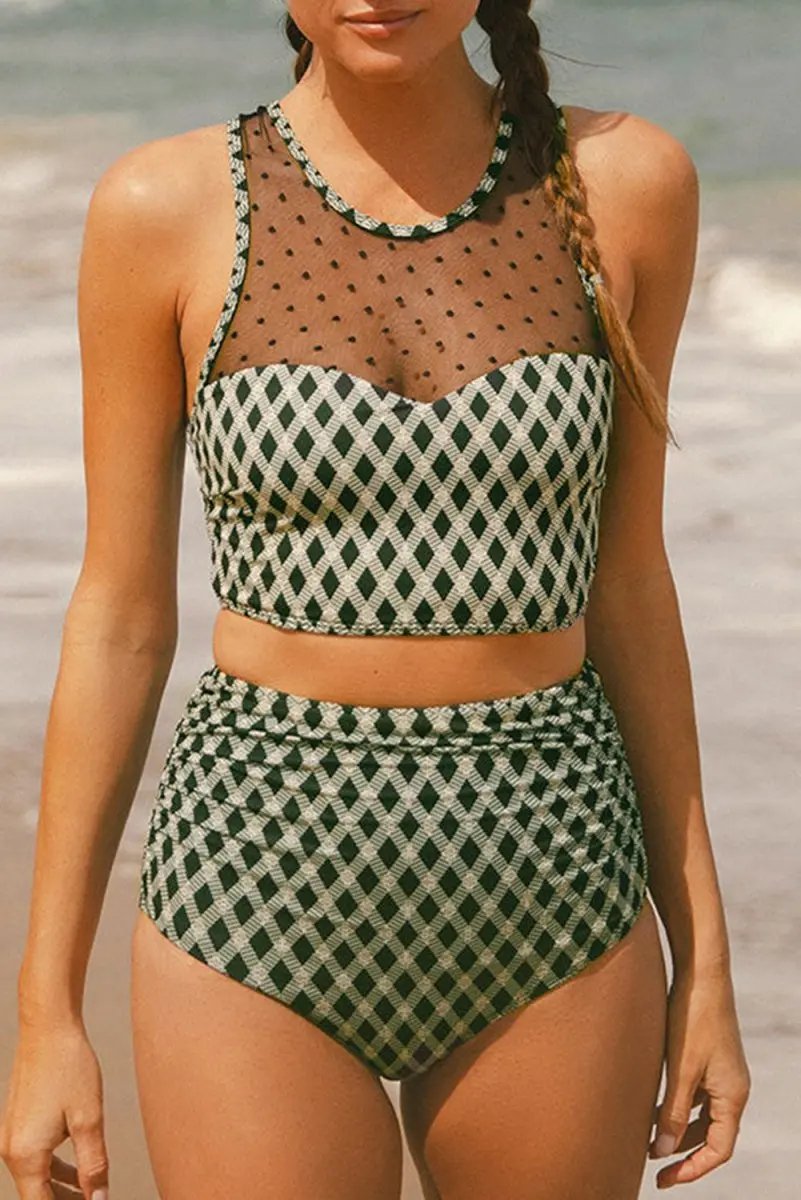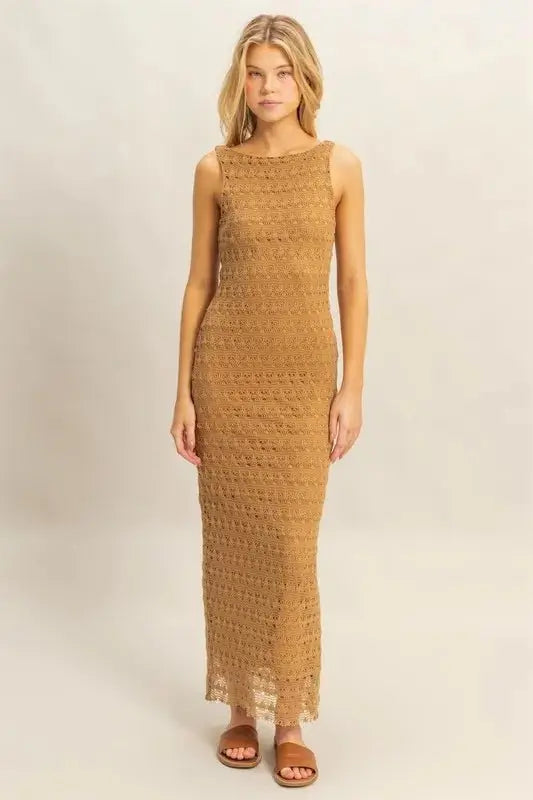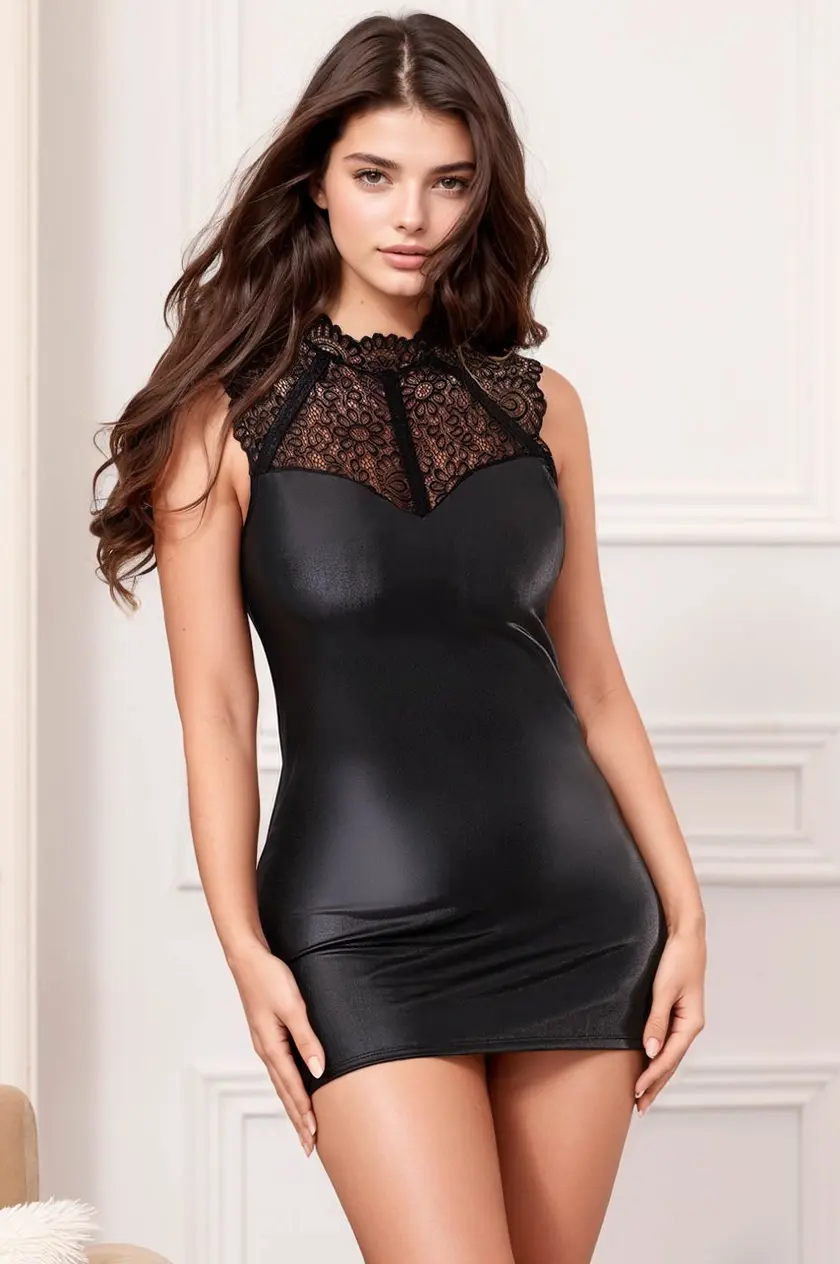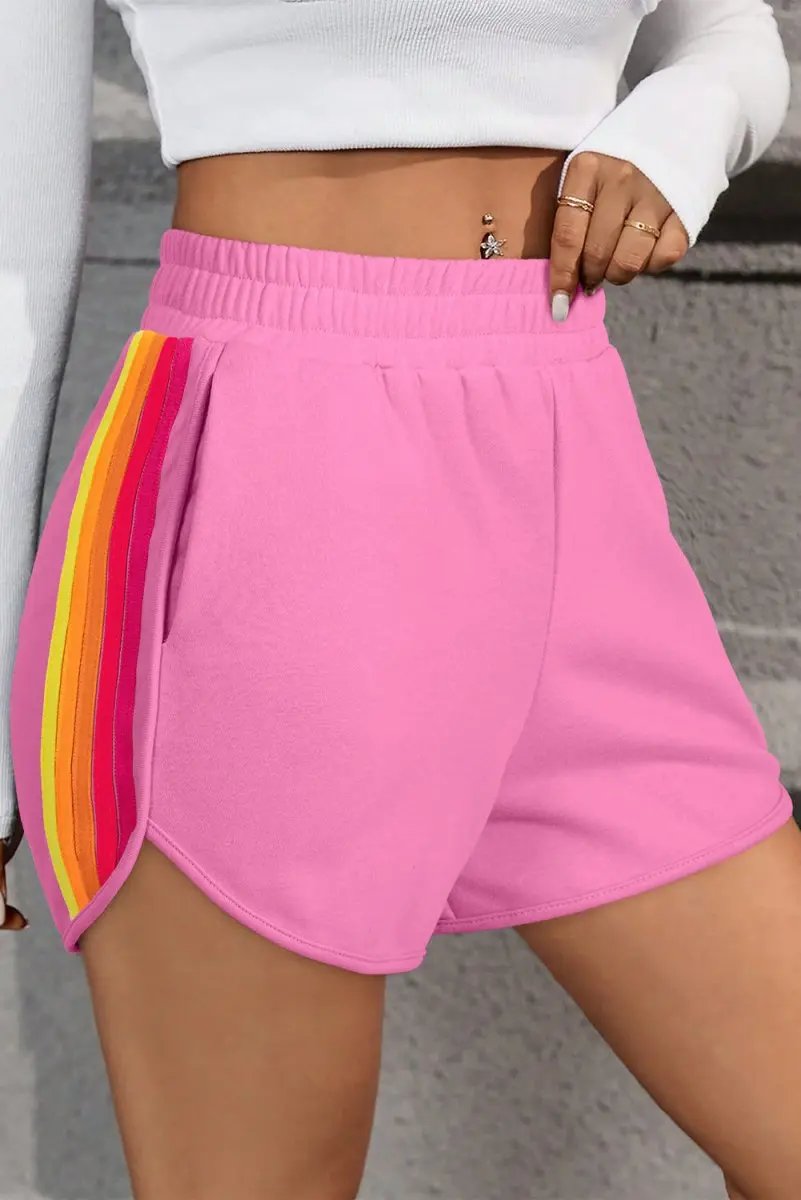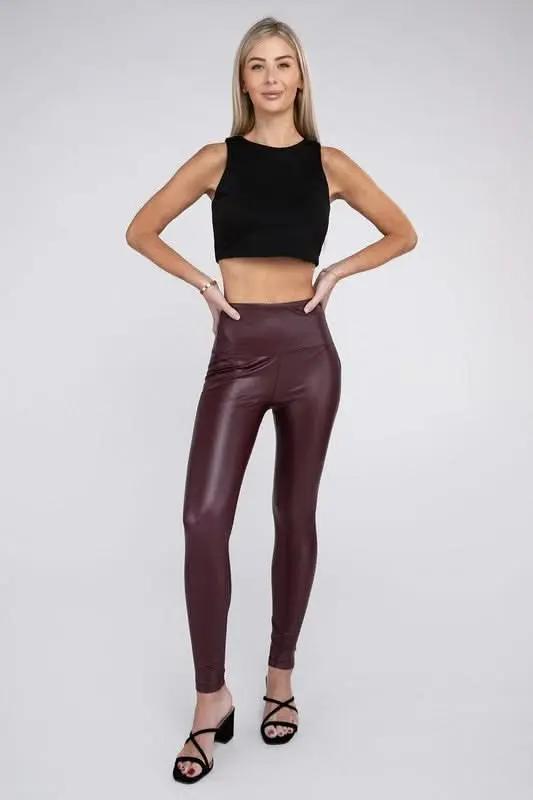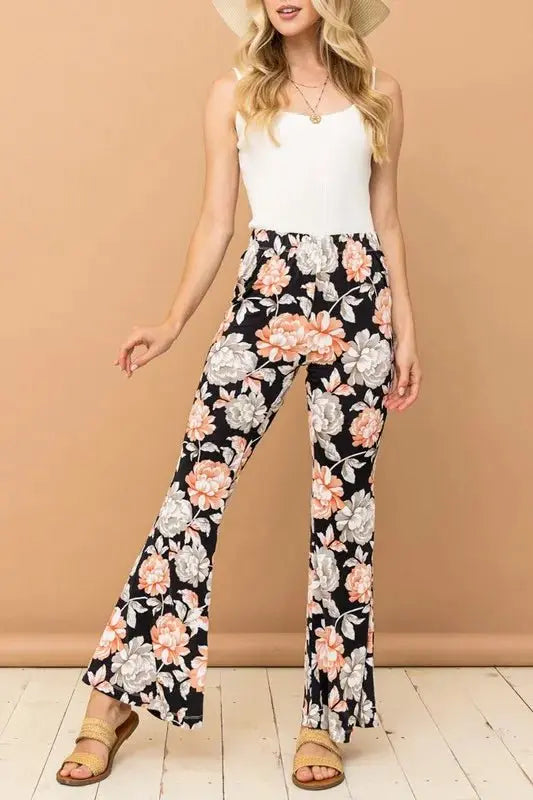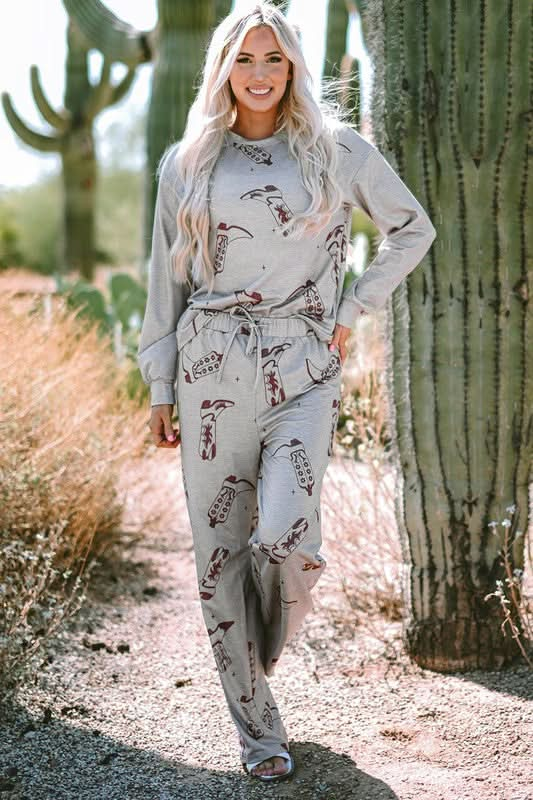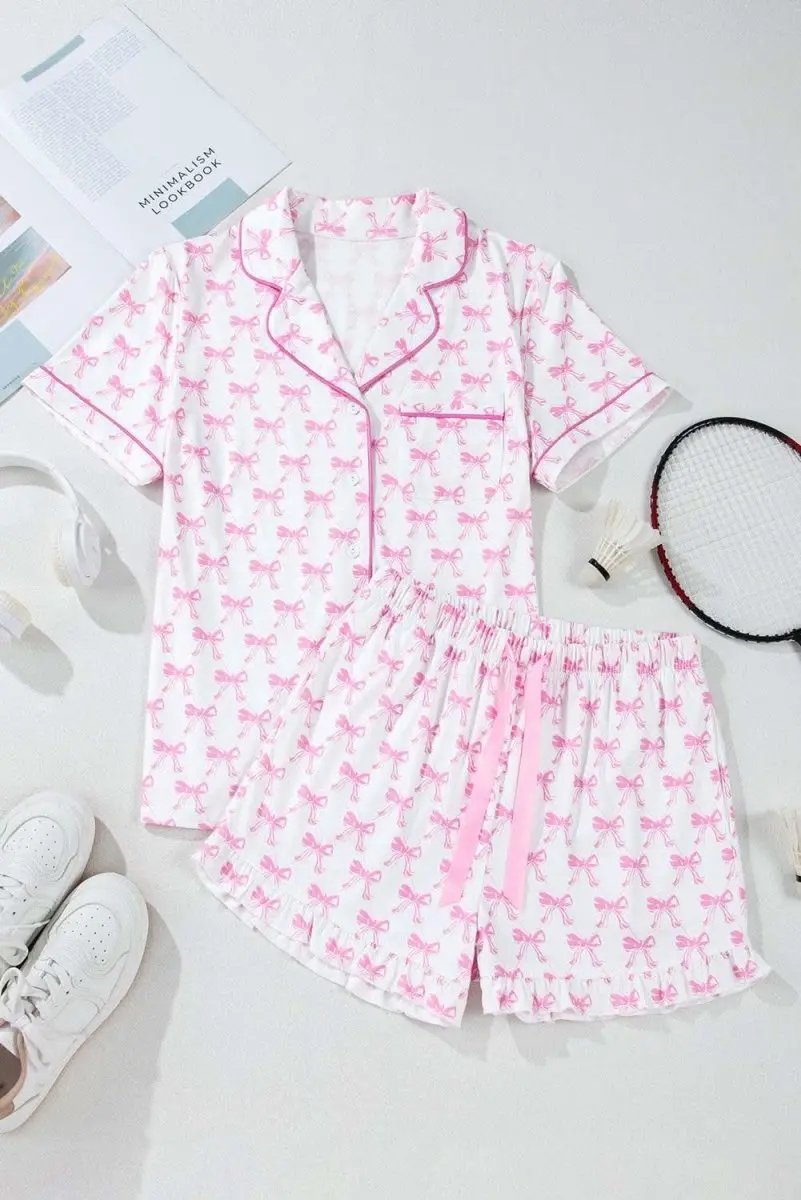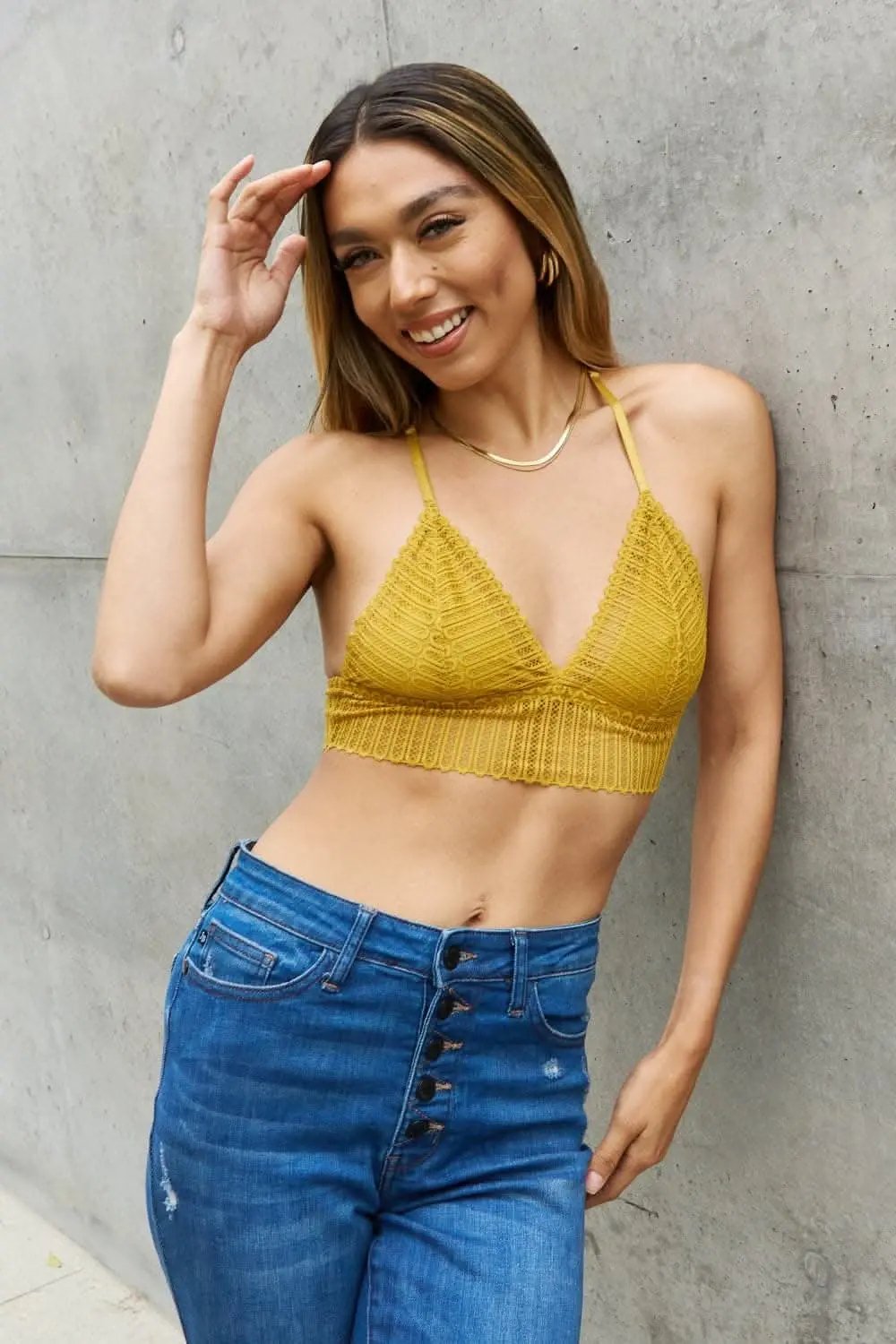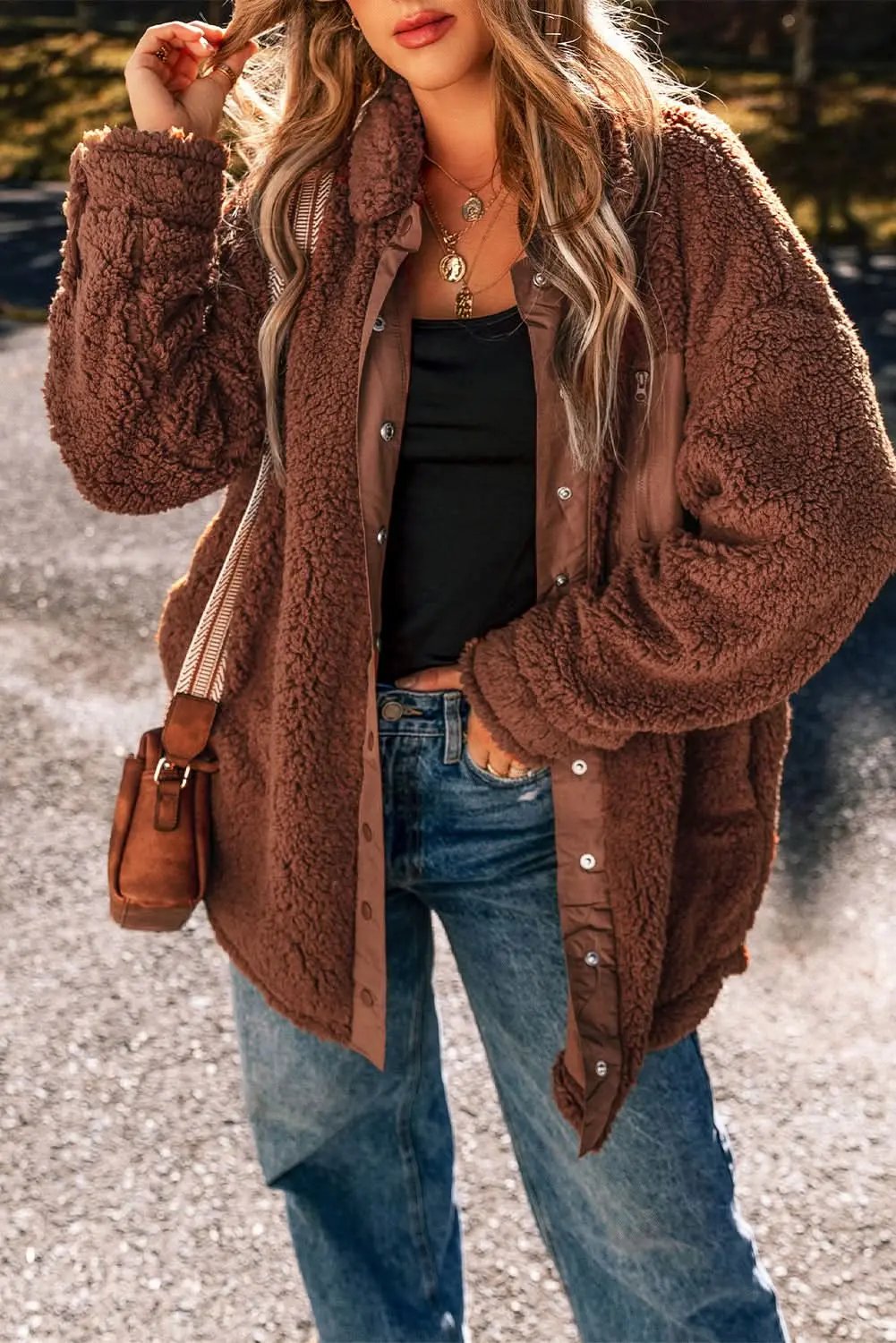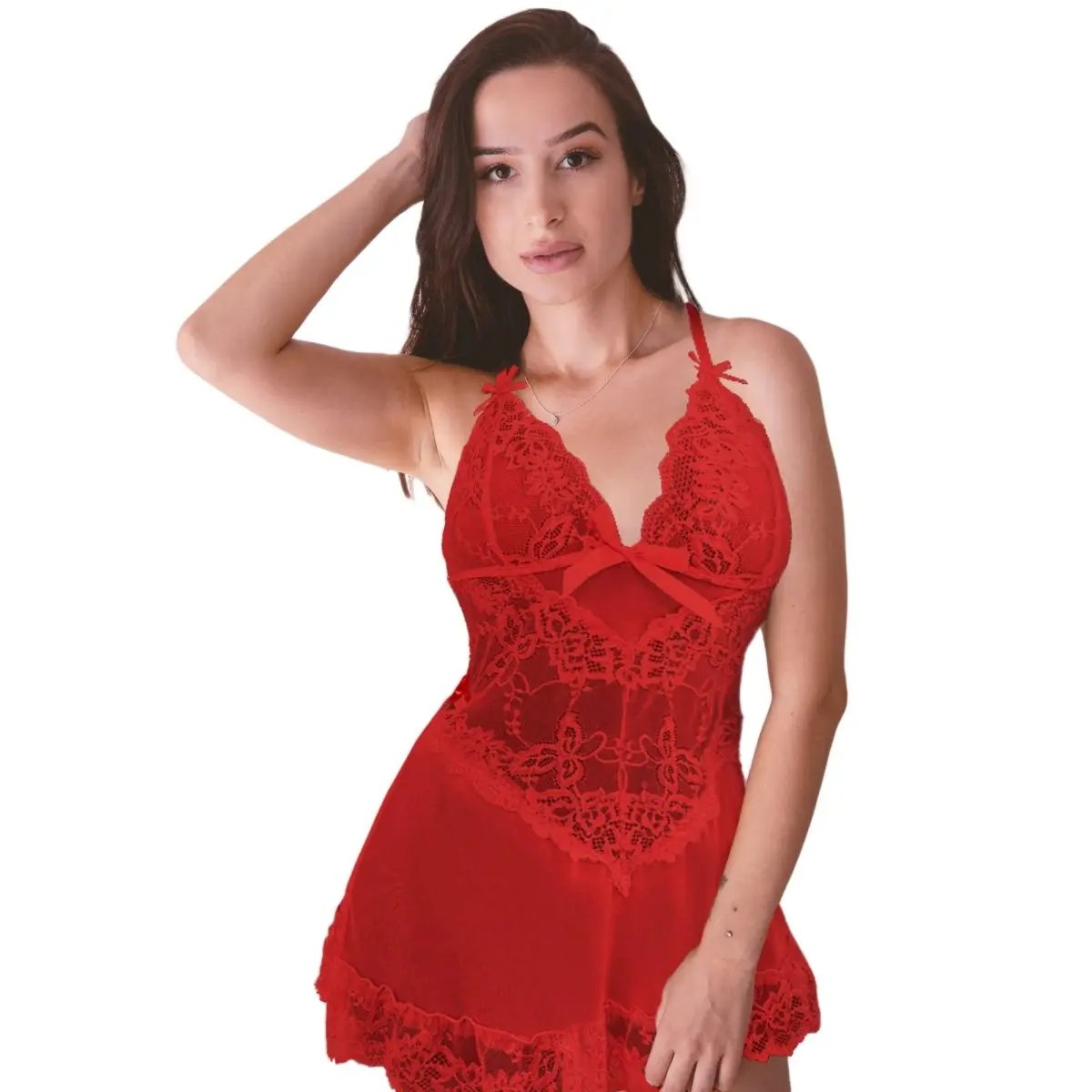Introduction: A Larger Approach to Sustainable Style
Building a zero-waste, plus-size capsule wardrobe is a powerful way to align daily life with sustainability goals while honoring curves, comfort, and personal style. The 'flying tomato' idea — a bold red or tomato-toned signature piece — provides a joyful focal point to a practical, minimalist closet. This long-form guide in 2025 covers everything from measurements and fabric science to tailoring, mending, pricing models, travel packing, and community resources. Read on for a thorough, actionable plan to cut textile waste and save money while feeling confident in every outfit.
What You Will Learn
- How to audit and downsize without regret
- Measurements and fit tricks that make plus-size pieces wearable for years
- How to source high-quality secondhand and ethical new pieces
- Care, repair, and upcycling techniques to extend garment life
- A multi-season capsule blueprint centered on a flying tomato signature
- Realistic cost comparisons and long-term savings calculations
Why a Zero-Waste Capsule Is Especially Important for Plus-Size Wardrobes
Plus-size shoppers face limited options, inconsistent sizing, and garments designed without the variability and movement of larger bodies in mind. These factors lead to impulse buying, underused garments, and more waste. A zero-waste capsule tailored to plus-size needs does three crucial things: reduces the number of purchases, increases the wear rate of each item by focusing on fit and versatility, and encourages repair and reuse rather than disposal.
Core Principles: The Tenets of a Sustainable Plus-Size Capsule
- Intentionality: Buy with purpose and a plan; avoid trends that don't fit your life.
- Fit and function: If it does not fit well, it will sit unused. Prioritize tailoring.
- Repair-first mindset: Prioritize mending, patching, and replacing hardware over throwing items out.
- Secondhand centricity: Keep garments in circulation through resale and swaps.
- Material mindfulness: Choose durable, low-impact fabrics and understand trade-offs.
- Seasonal adaptability: Build for layering and adjust pieces across seasons.
- Cost-per-wear thinking: Evaluate purchases by expected lifespan, not sticker price.
Start Here: The Detailed Wardrobe Audit
Allocate a weekend and follow these steps to audit thoughtfully.
- Empty and photograph: Take everything out and photograph your wardrobe. Seeing it all gives clarity.
- Sort into categories: Keep, Tailor/Repair, Donate/Resell, Recycle, Maybe.
- Try-on session: Try each item on and ask: does it fit in the shoulders, bust, waist, and hips? How do I feel wearing it?
- Frequency rule: If you did not wear it in the last 12 months and it does not serve a specific upcoming purpose, consider moving it out.
- Emotional check: If sentimental, store a small, curated selection. For the rest, photographing before letting go can help with closure.
Measure Once, Dress Better: Accurate Plus-Size Measurements
Accurate measurements are a non-negotiable part of a long-lasting plus-size capsule. Keep a measurement card and update annually or after major body changes.
- Chest/bust: Measure the fullest part while wearing a supportive bra.
- Underbust: For brands with underbust sizing.
- Waist: Natural waistline or where you prefer garments to sit.
- High hip and full hip: Measure both where pants sit and at the fullest part of the hips.
- Shoulder width and sleeve length: From shoulder seam to wrist.
- Inseam and outseam for trousers.
- Torso length for dresses and jumpsuits.
Bring these measurements to the tailor and store them in your phone for smart online shopping.
Choosing the Flying Tomato Signature Piece
Your flying tomato is the capsule's emotional and visual center. It could be a coat, blazer, dress, knit, or accessory in a vivid tomato red, deep rust, or warm brick tone. The benefits are clear: a signature color increases perceived outfit variety and makes dressing faster and more fun.
- Pick one statement item in your accent color — not too many. One or two accent pieces maximize impact while keeping cohesion.
- Prefer structured items (blazers, coats) or figure-flattering dresses (wrap styles) that provide utility and drama.
- Choose a tone that complements your skin undertone and pairs well with your neutrals.
Crafting a Cohesive Color Palette
Limit your palette to three neutrals and two accent colors at most. This keeps mix-and-matchability high and reduces the urge to buy mismatched single-use pieces.
- Example palette: warm black, navy, oatmeal + flying tomato + muted olive
- Why this works: neutrals provide base flexibility; tomato provides contrast and identity; a second accent provides depth.
Seasonal Capsule Blueprints: Multi-Season, Not Minimalist in the Wrong Way
A good capsule is season-flexible through layering. Here are three blueprint sizes depending on lifestyle.
- Minimalist (20 pieces): Ideal for those who work from home and travel light. Focus on multi-use pieces and one flying tomato outerwear piece.
- Balanced (30 pieces): A versatile middle ground for hybrid work, social life, and travel.
- Extended (40 pieces): For those with varied social needs, colder climates, or specific professional requirements.
Each blueprint should include tops, bottoms, outerwear, one flying tomato signature, footwear, intimates, and accessories.
Detailed Core List and Rationale
Below is a recommended starting core for a balanced 30-piece capsule. Quantities are suggestions; adjust to climate and lifestyle.
- 1 flying tomato statement (coat, blazer, or dress)
- 1 neutral coat or heavy jacket
- 2 blazers or structured layers (one neutral)
- 4 tops (mix of tees, blouses, long sleeves)
- 2 versatile dresses (one neutral, one flying tomato or pattern with tomato accents)
- 3 bottoms (dark jeans, tailored trousers, skirt)
- 2 layering knits (cardigan, lightweight sweater)
- 2 pairs of shoes (comfortable sneakers/flats, boots or dress shoe)
- 1 pair of sandals or seasonal shoe
- Undergarment set (4–6 pieces), sustainable socks
- 2 functional accessories (scarf, belt) and 2 statement accessories
- 1 activewear set if you exercise regularly
Sourcing Strategy: Secondhand, Ethical New, and Local Makers
Adopt a 'secondhand-first' rule, then complement with ethical new pieces when necessary. Here are practical sources:
- Online resale platforms with robust filters for size, brand, and color — watch for authentication and return policies.
- Local thrift and consignment stores — form relationships with staff to get notified when new plus-size items arrive.
- Community clothing swaps and Facebook/Discord groups focused on plus-size exchanges.
- Tailors and local makers — composers of made-to-measure items can be more sustainable than mass-produced plus-size lines.
- Sustainable brands with transparent supply chains and size-inclusive ranges. Verify certifications and factory reports.
How to Vet Sustainable Claims and Certifications
Some certifications and standards to look for when buying new:
- GOTS (Global Organic Textile Standard) for organic fibers and social criteria
- OEKO-TEX for harmful substances testing
- Fair Trade Certified for worker conditions and premiums paid to communities
- RWS (Responsible Wool Standard) and RCS (Recycled Claim Standard)
- Bluesign for chemical and environmental standards in production
Also consider brand transparency reports, factory lists, and third-party audits. Recycled fibers are good when they reduce virgin production, but prioritize durability and quality.
Understanding Fabrics: Durability, Comfort, and Environmental Trade-Offs
Fabric choice affects longevity, comfort, and environmental impact. Here's a practical guide:
- Organic cotton: breathable and widely available; choose heavier weights for durability.
- Linen: great for warm climates and gets softer with age; avoid ultra-thin linens that tear easily.
- Wool: durable, insulating, and naturally odor-resistant. Look for responsibly sourced options.
- Silk: luxurious but often needs delicate care; good for special pieces.
- Recycled synthetics: better than virgin when recycling keeps materials in use; use with a microfiber filter in the wash.
- Technical blends: good for activewear and travel if they are high-quality and long-lived.
Fit Solutions: Tailoring, Shapewear, and Construction Details
Fit transforms any garment into something you will love. Here are tactical fit tips:
- Invest in a good tailor for hems, waist adjustments, and sleeve alterations. Small fixes massively increase wearability.
- Look for garments with darts, princess seams, or stretch panels for better shaping.
- Consider structured undergarments or shapewear for special garments where you want a smoother silhouette.
- Use a fitting checklist: shoulders, bust, waist, hips, sleeve length, hem length, and mobility.
Mending and Repair: Basic Skills That Save Wardrobe Pieces
Learning a few mending skills reduces waste and fosters self-reliance. Basics to learn or outsource:
- Threading and hand sewing for button replacement and small seam repairs
- Patching techniques for knees, elbows, and worn areas (visible patching can be a style statement)
- Reinforcing seams and replacing zippers
- Reweaving for small holes in knitwear (specialist service available in many cities)
Create a small repair kit: a selection of needles, strong thread in neutral colors, spare buttons, small scissors, and fabric glue for emergency fixes.
Upcycling Projects to Extend Life and Creativity
When a garment no longer fits your needs but still has usable fabric, upcycling keeps the material circulating. Project ideas:
- Turn a damaged shirt into a tank, wrap top, or head scarf
- Convert a worn skirt into a layered skirt panel or a child-sized garment
- Create a quilt or tote bag from shirts and linens
- Add contrast panels using your flying tomato fabric to breathe new life into neutrals
Laundry and Daily Care: Small Habits, Big Impact
- Spot clean when possible to reduce full washes
- Cold water, gentle cycles, and mild detergents for most fabrics
- Air dry to extend elasticity and prevent shrinkage; use a drying rack and avoid high heat
- Use a mesh bag or microfiber filter for synthetic garments to trap microplastics
- Steam instead of ironing to refresh garments and remove odors
Cost-per-Wear and Long-Term Financial Benefits
Evaluate purchases by cost-per-wear rather than initial price. Example scenario over a five-year horizon:
- Fast-fashion approach: 20 cheap items at 25 each = 500, average wear 15 times = 0.83 per wear
- Capsule approach: 6 higher-quality items at 120 each = 720, 14 secondhand items at 20 each = 280; total 1000. If higher-quality items average 200 wears over 5 years and secondhand items average 80 wears, cost-per-wear drops significantly (sample math included in a downloadable spreadsheet suggestion).
Even with tailoring and repair costs, the capsule model typically saves money in years two to five because replacements are far less frequent.
Travel and Capsule Packing: The One-Bag Philosophy
For trips, bring your capsule core and plan outfits by day to avoid overpacking. Tips:
- Pack layering pieces and one flying tomato accessory for instant outfit upgrades
- Choose wrinkle-resistant fabrics and travel-friendly footwear
- Plan laundry options at destination for longer trips to reduce packing needs
- Carry a small repair kit and a compact steamer or wrinkle-release spray
Outfit Formulas and Style Recipes: Mix and Match Examples
Below are 30 outfit recipes that rotate around a 30-piece capsule, using a flying tomato piece to elevate looks. Use these as templates and adapt fabrics, proportions, and accessories.
- Flying tomato blazer + black tee + dark jeans + sneakers
- Neutral trench + flying tomato scarf + dress + ankle boot
- Flying tomato dress + denim jacket + white sneakers
- White blouse + tailored trousers + flying tomato belt + loafers
- Neutral sweater + midi skirt + boots + statement earring
- Tunic top + leggings + long cardigan + flat boots
- Black turtleneck + flying tomato coat + trousers + knee-high boots
- Striped tee + jeans + blazer + colorful scarf
- Wrap dress + cardigan + simple necklace + heels
- Neutral set (matching top and bottom) + flying tomato bag + sandals
- Button-up + denim skirt + sneakers + belt
- Monochrome neutrals + flying tomato shoe + bold lip
- Chambray shirt + dark jeans + boots + pendant necklace
- Graphic tee + blazer + tailored shorts or skirt + ankle boots
- Longline vest + blouse + wide-leg trousers + flats
- Crop jacket + high-rise trousers + simple tee + statement necklace
- Casual maxi dress + denim jacket + sandals
- Cozy knit + leggings + long boots + beanie
- Structured blazer + jumpsuit + heels for evening
- Neutral tee + printed skirt + flying tomato accessory
- Soft cardigan + tank + tailored shorts + sandals
- Workwear shirt + pencil skirt + blazer + pumps
- Layered neutrals + flying tomato hat for winter
- Performance leggings + breathable top + lightweight jacket for travel
- Black dress + flying tomato coat + ankle boots
- Neutral tee + statement skirt + sneakers for casual days
- Lightweight sweater + pleated midi + boots
- Button-up tied at waist + high-rise jeans + sandals
- Suit separates mixed with casual tees for a contemporary look
- Evening wrap + simple clutch + heels
Common Challenges and How to Overcome Them
- Sizing inconsistency: Keep measurements and notes per brand. Use tailors to bridge gaps.
- Plus-size scarcity in secondhand: Broaden search radius, use alerts, and build local swap networks.
- Initial investment: Spread purchases over months and prioritize items that fill many outfit roles.
- Emotional hurdles: Create replacement rituals for shopping impulses and adopt the one-in-one-out rule.
Disposal and Recycling: Closing the Loop
When garments are beyond repair, avoid landfill. Options include:
- Textile recycling programs run by municipalities or retailers
- Donating wearable textiles to shelters and charities
- Recycling fibers through specialized services that accept mixed materials
- Composting natural fibers if they are 100 percent biodegradable and free of synthetic finishes
Community and Support: Build a Sustainable Wardrobe Network
Find or create local resources to support your zero-waste habits:
- Local mending cafés and repair workshops
- Plus-size clothing swaps and community resale nights
- Social media groups devoted to sustainable plus-size fashion
- Neighborhood sewing circles or upcycling meetups
Checklist Before You Buy: An Expanded Decision Tool
- Do I need this or will it duplicate an existing piece?
- Does it fit my measurements or can it be tailored affordably?
- Is it compatible with at least three existing capsule items?
- Is the fabric durable and appropriate for my climate?
- Can I source it secondhand first or swap for it?
- Is the brand transparent about sourcing and worker conditions?
- What is the expected cost-per-wear over five years?
Top 15 Mistakes to Avoid
- Buying for aspirational events instead of present lifestyle needs
- Choosing trends over quality and fit
- Ignoring tailoring to save a small amount now but losing years of wear
- Not recording measurements and brand fits for future reference
- Not checking garment condition thoroughly when shopping secondhand
- Overloading on accent colors that reduce mixing flexibility
- Neglecting repair and mending skills
- Basing decisions solely on price and not on cost-per-wear
- Forgetting to care for delicate fabrics properly
- Buying synthetic-only wardrobes without microplastic mitigation
- Ignoring the benefits of local or made-to-measure options
- Not planning for seasonal adaptation through layering
- Failing to document and photograph garments before donating for easier resales
- Holding onto guilt-driven items instead of making space for functional pieces
- Underestimating the power of accessories and alterations to refresh pieces
Frequently Asked Questions
-
How many pieces should a plus-size capsule have?
There is no one-size-fits-all number. Aim for 20 to 40 depending on lifestyle. Quality and versatility matter more than count.
-
Can I include activewear and sleepwear in a capsule?
Yes. Treat them as functional categories and choose durable, comfortable, and repairable options.
-
Is tailoring expensive for plus-size garments?
Tailoring costs vary; simple hem and waist adjustments are relatively affordable and offer high return on investment. Discuss pricing with a local tailor to build a relationship and often negotiate better rates for repeat work.
-
What's the best way to find plus-size secondhand gems?
Use saved searches and alerts on resale apps, visit consignment shops frequently, and connect with local plus-size groups for direct swaps.
Action Plan: 90-Day Roadmap to a Zero-Waste Flying Tomato Capsule
Follow this practical three-month plan to move from audit to a functioning capsule.
- Week 1-2: Complete the wardrobe audit and measurements. Photograph everything and sort.
- Week 3-4: List missing essentials and set a budget. Join local swap groups and resale platforms.
- Month 2: Source 60 percent of items secondhand. Book a tailoring consultation for one or two key pieces.
- Month 3: Finalize the capsule. Learn basic mending and set up laundry routines. Plan a small capsule-based trip to test packing and outfit versatility.
Resources and Tools
- Measurement templates and printable wardrobe audit sheets (create or download locally)
- List of common certifications to check when buying new
- Links to textile recycling programs and local mending cafes (search your city name + mending cafe)
- Recommended basic repair kit items
Conclusion: Sustainable, Stylish, and Smart
Curating a zero-waste plus-size capsule around a flying tomato signature piece is more than an aesthetic choice. It is a system for conserving resources, expressing personal style, and saving money through smarter buying, better care, and community exchange. The real win is a wardrobe that fits your life, flatters your body, and lasts for years. Start small, prioritize fit and repair, and enjoy the creative process of building a wardrobe that tells your story without costing the earth.
Next Steps
- Schedule your wardrobe audit this weekend and take measurements.
- Create a capsule wishlist prioritizing secondhand sourcing.
- Book a tailor consultation for one key piece and set a mending goal for the month.
- Share your progress with a friend or community group for accountability and swaps.
Make your flying tomato the wardrobe anchor that brings color, confidence, and sustainability into daily life. By focusing on fit, reuse, and repair, you can cut waste, reduce spending, and build a closet that works for you in 2025 and beyond.
